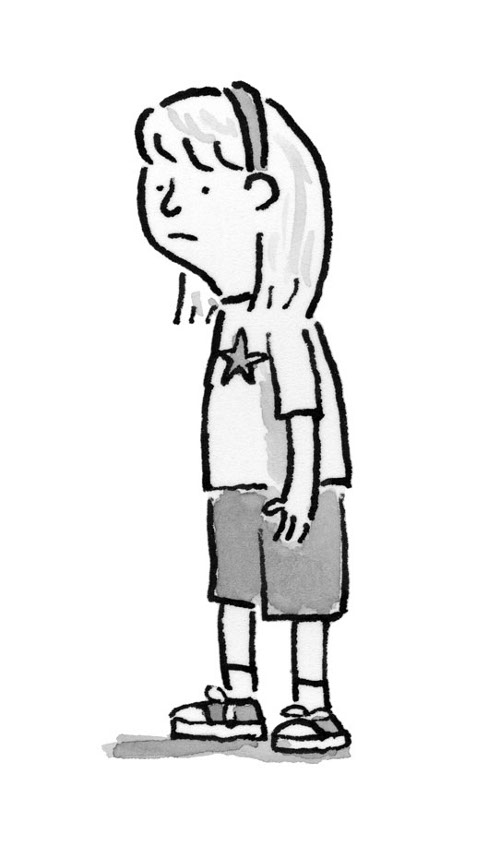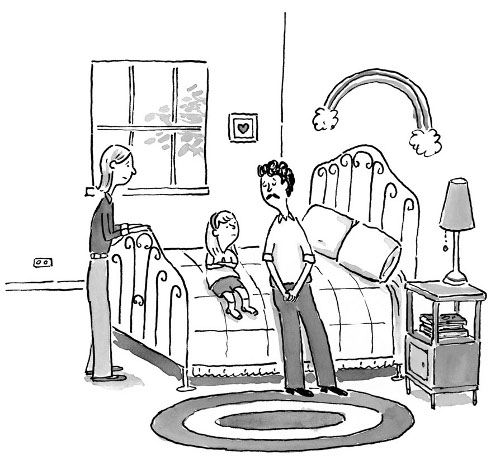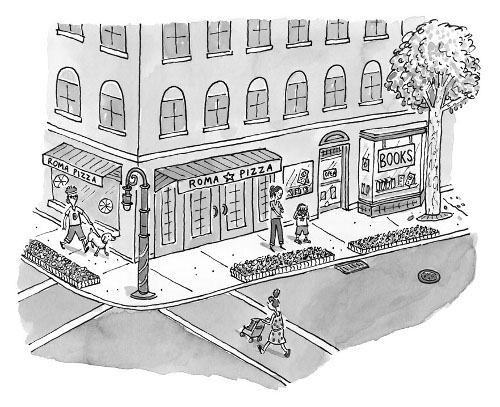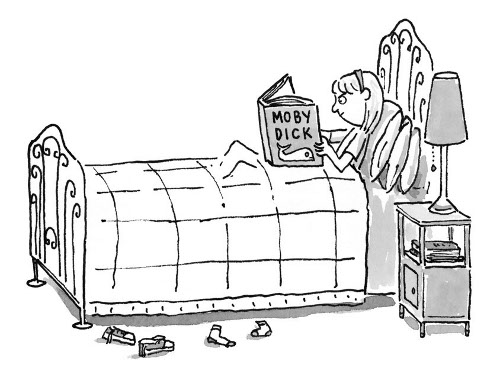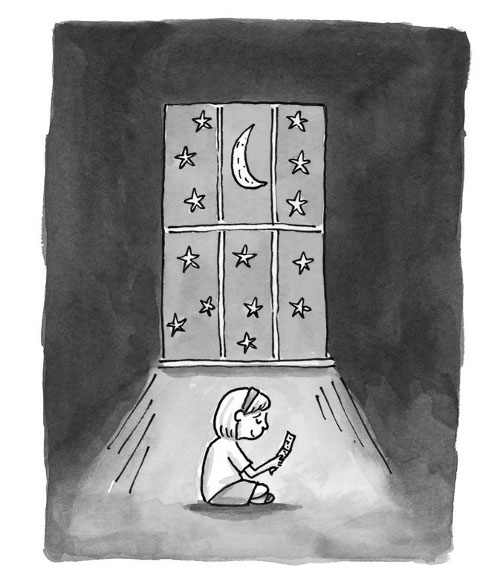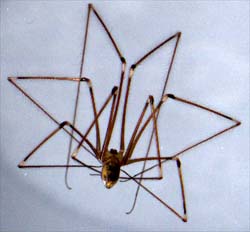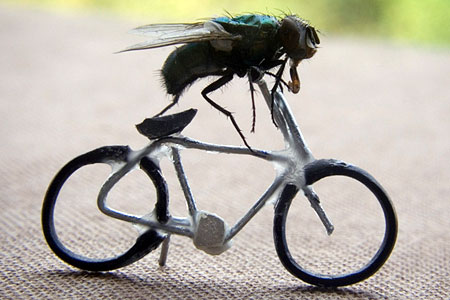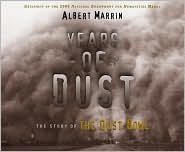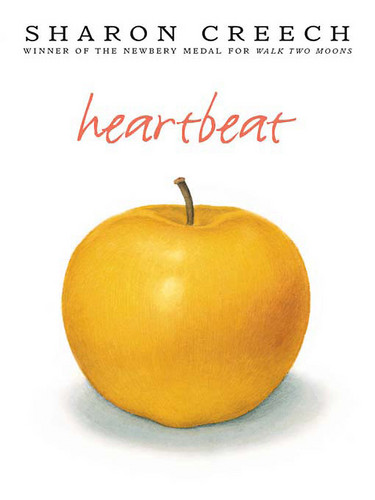

Aleutian Sparrow is
Karen Hesse's second verse novel, coming five years after
Out of the Dust, which won the Newbery in 1998. Hesse's book is narrated by Vera, an Aleutian girl who has moved from the town of Kashega to the town of Unalaska on Unalaska Island so that she can continue her schooling. The book begins in May of 1942 after the bombing of Pearl Harbor and month before the Japanese invade Kiska and Attu, the westernmost of the Aleutian Islands. Within days of the first Japanese attack, most of the inhabitants west of Unimak are evacuated and sent to an internment camp, first in Wrangell, Alaska, and then further south to Ketchikan.
Aleutian Sparrow follows Vera, her friends and family and the other evacuees as they struggle to adapt and survive their years of internment which are filled with prejudice and neglect from the government that has taken over their land and their homes. Vera's story and the story of her people is a moving one, one that I knew nothing about before reading this book. I am not a history buff, so the fact that the Japanese actually occupied American soil during WWII along with the fact that there were people other than Japanese Americans who were sent to internment camps was fascinating to me, almost as fascinating as the history of the Aleut people themselves.

Russians fur traders gave the name Aleut to the native peoples when they traveled to the islands in the late 1700's, however, the Aleuts call themselves Unangax, and that is who Hesse has dedicated her book to. The poem below speaks of this encroachment, as well as the new one.
WHILE THE LITTLE ONES PLAY KICK THE CAN
Alfred's grandfather says, "Remember, we were once
unparalleled hunters, men of the sea.
We were the elders of the world.
We had our own language, our fierce victories, our
tribal pride.
The Russians ended that.
"We went from ten thousand to eight hundred. Our
grandparents perished. Our parents perished.
And that was before the
Americans came.
How many times can a people lose their way
Before they are lost forever?"
Besides renaming them, the Russians also brought a new religion to the Aleuts. In 1794, a group of Russian Orthodox monks arrived on the islands and, after converting the Aleuts, became protectors for them, as they were increasingly treated badly by explorers and traders. The man who became St Herman was part of this original group of monks. The man who became St Peter the Aleut was converted, probably by St Herman, and tortured and killed by Spanish Jesuits in 1815 when he traveled south from the islands on a fur trapping expedition. In one amazing poem, Vera describes the frantic race to hide the icons from the church in Kashega. Alexie Golodoff, half of the elderly couple who take Vera in when she leaves home to attend high school, packs as much as he can into a trunk and buries it in the churchyard. In the internment camps, the Aleuts make do with what they are given, crafting an altar out spare wood - they were told to build their own homes once they were moved to Ketchikan - and continuing their services. Below is a poem describing this.


WORSHIP
One thousand miles away our churches stand empty.
But we are alive and we give thanks.
Five villages' worth of Aleuts gather in the field under a
steady rain.
The hem of God brushes our upturned faces.
As with every verse novel I read, I am amazed at the amount of information that the author packs into so few words. Aleutian Sparrow has provided me with more information about the Unangax people that hours of scouring the internet for information and images has. Unfortunately, I could not find a good picture of what the Aleutian Islands looked like in 1942, but Hesse's poems create powerful visual images of a windswept land with almost no trees and frequently harsh weather. However, it is also a place of beauty that provides the people with everything they need to survive, from grasses to weave into baskets and mats in the winter, to the seals that provide meat and skins for clothing to the pootchky, an edible Aleutian plant that can cause great pain when not prepared properly. But, the real story of that these poems tell is of the suffering of the Unangax during the internment, their struggle to survive in a place where their skills and their means to a livelihood are useless and the efforts to keep their heritage intact despite the prejudice and harsh conditions the government thrust them into. It is estimated that one in four of every Aleut who was in the internment camps died during their three year stay. The poem below speaks to this.
TRADING
The Aleut does not always get the good end of a trade.
Once, the Aleuts piled sea otter skins until they reached the
top of a Russian gun.
The Aleuts kept the gun, the Russian kept the skins. This
time we trade our skin of freedom for the gun of the
government's protection.
Even the Russian trade was better than this.
Sadly, when the Aleuts were allowed to return to their islands they found much of their former life destroyed, from homes to fields to shops, as described in the heartbreaking poem, "The Spoils of War." However, Vera finds the holy relics and "the seven Russian bells" that Alexie hid and she begins her life over again in Unalaska village. While much of this story is heartbreaking, the wonder of Hesse's book is the beauty that she is able to capture by telling the story in verse. Hesse's poems are not just paragraphs with thoughtful line breaks, they are metaphor filled, image rich moments in time. Reading Aleutian Sparrow is almost like looking through a scrapbook, a vivid trip back in time. I'll leave you with one last poem, an example of Hesse's beautiful writing and an interesting photo.
KETCHIKAN CREEK
When Eva returns from Ketchikan, she says
The creek there is like a woman
Dressed in a filmy green gown,
Her lace pockets spilling with leaping salmon.

The caption for this photo reads:
L-R "Mrs. Mike," "Little Mike," and "Big Mike" Hodikoff. In 1934 Big Mike was chief of the native Aleut Tribe on Attu. They are posing in front of their native Barabara, the Aleut hut. Trapping Blue Fox, fishing, and making baskets was the only means they had of making a living.
This photo was taken in 1934 by the Bureau of Aeronautics of the U. S. Navy during an aerial survey of the Aleutian Islands. (Official U. S. Navy Photograph. Was made available for distribution on Thursday, August 6, 1942 at 3:00 P.M.)
At the time this photo was released in 1942, it was assumed that Big Mike and his family were prisoners of the Japanese. It was later learned that Mike Hodikoff died in 1945, in Japan, while still imprisoned.


